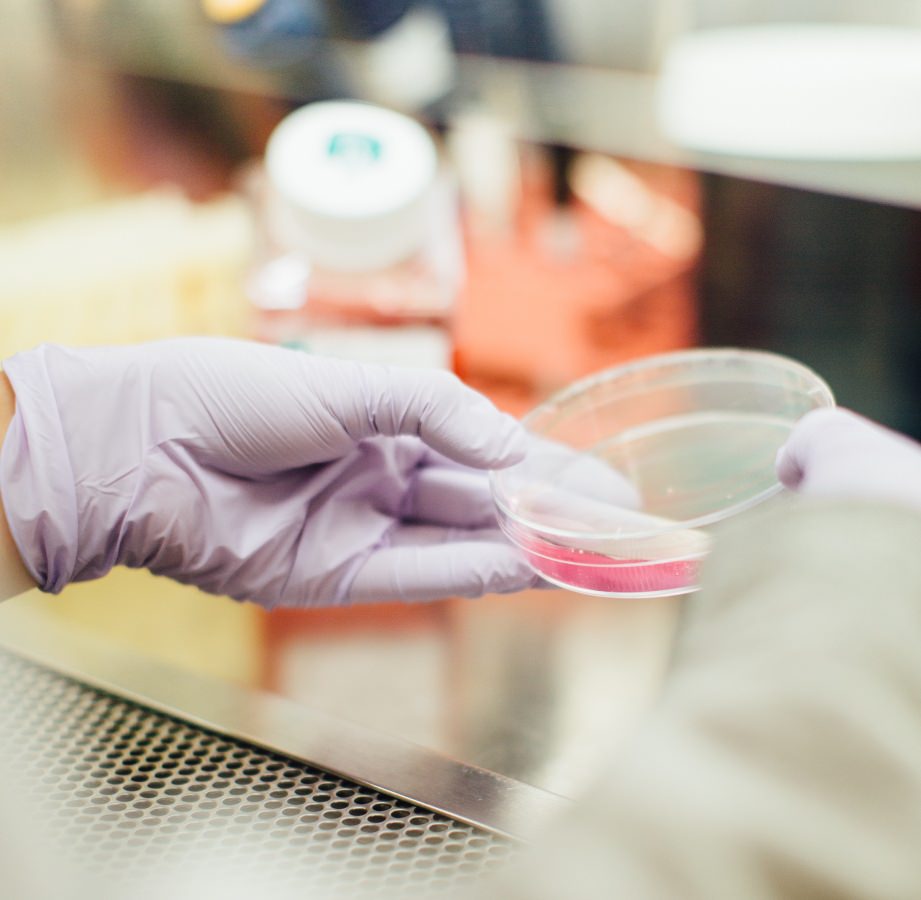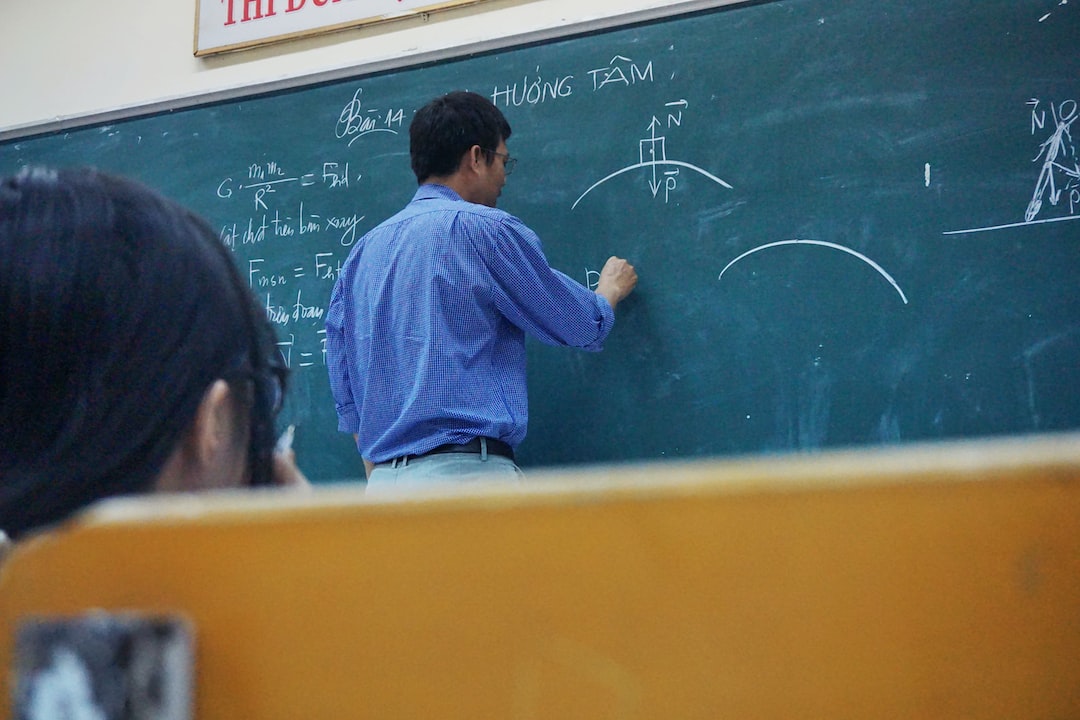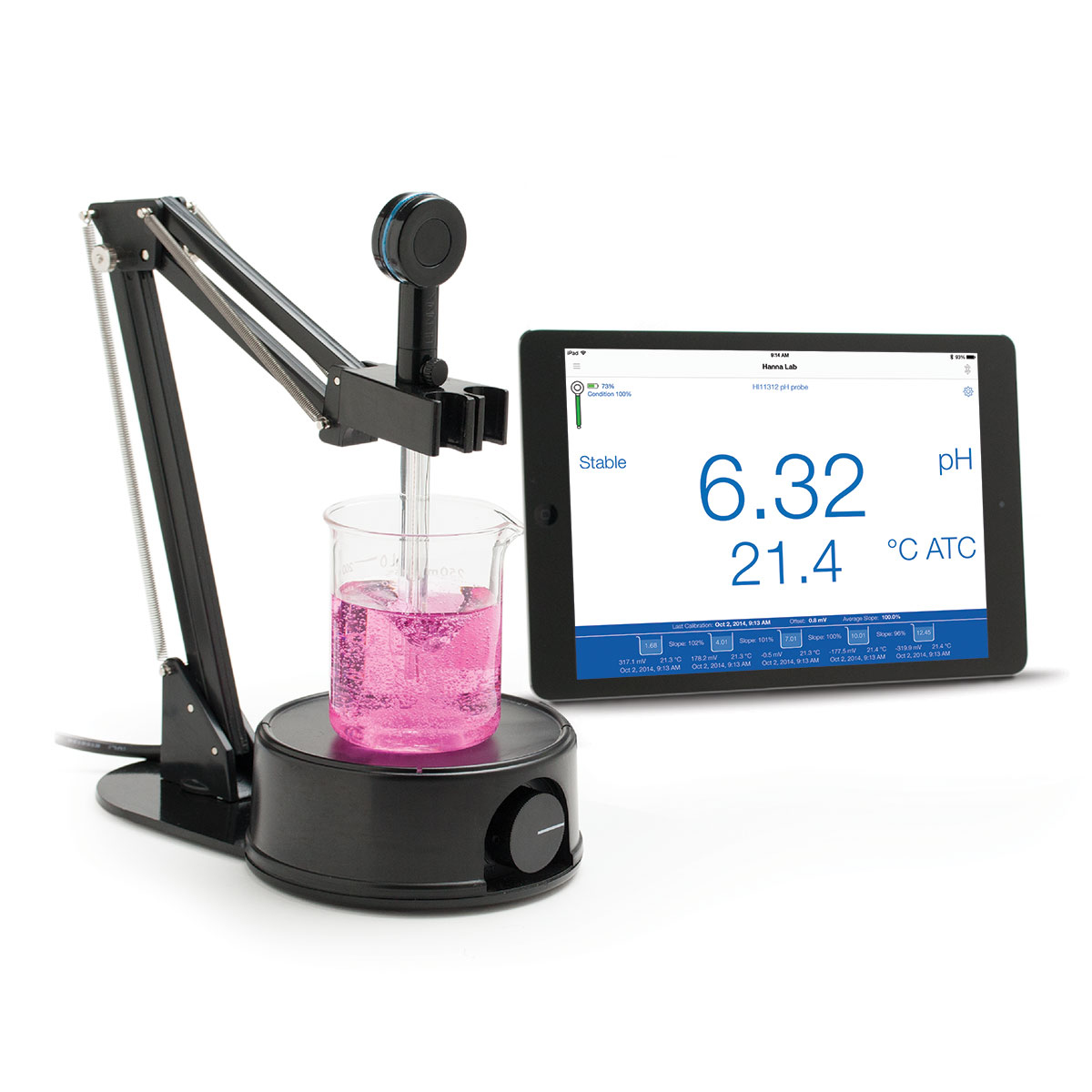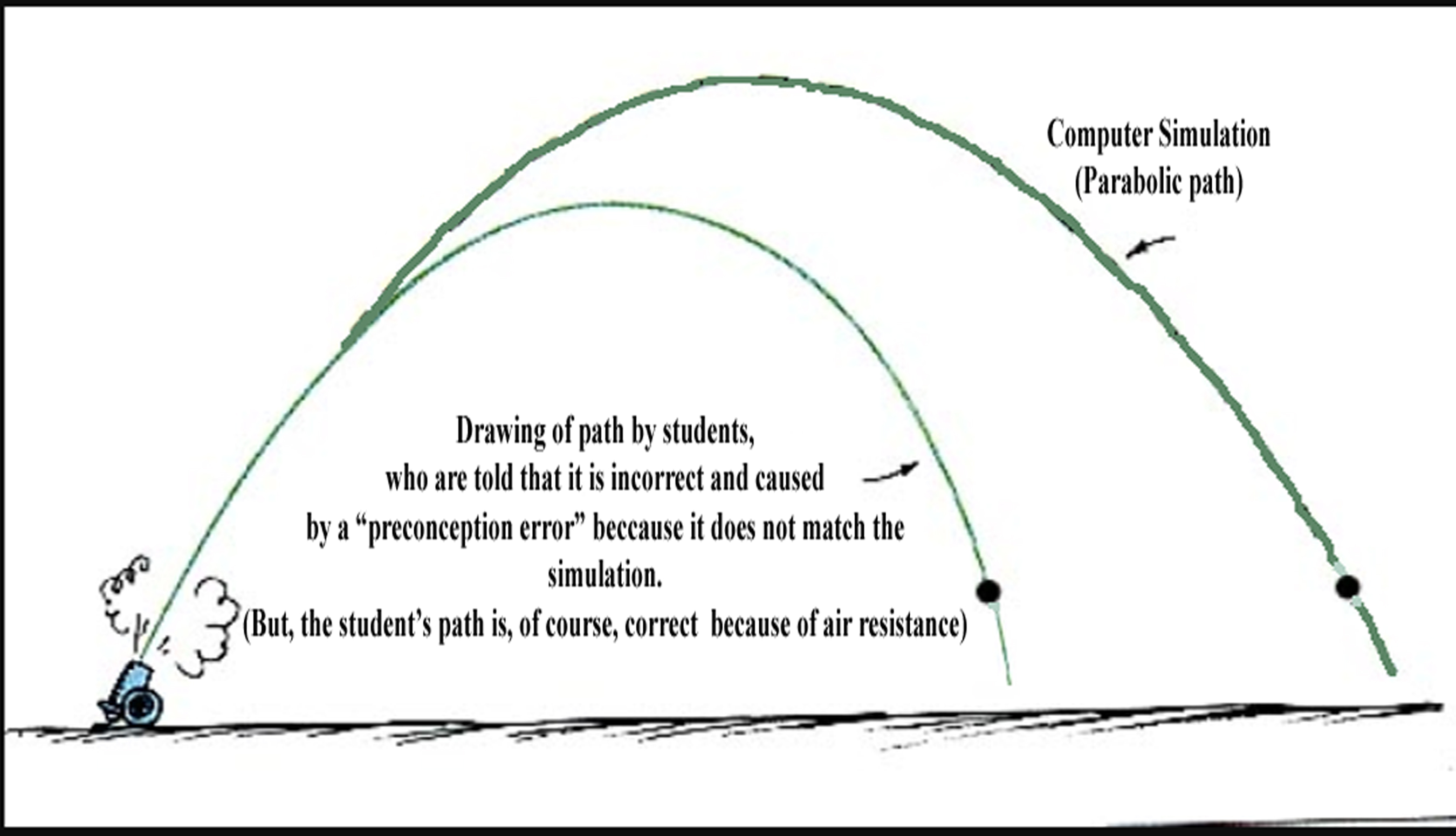
New Technology and Science Learning
Recently I talked with a 9th-grade high school student about her science class. She said it was an "online" biology course. I asked about the laboratory. She said there was no lab!
Experience Before Terminology
Perhaps the greatest violation of ample research evidence on how people learn science is the order in which terms are introduced in traditional instruction. First the term is given, then it is defined, often by using other unknown terms. Thus students are wrongly given terminology first, without experience associated with the phenomenon.

Photo by Tra Nguyen / Unsplash
Abstractions Later
In expository “teaching,” whether by lecture, online, or in person, scientific terms are introduced, given names, then defined, often by using other unknown terms. Thus students are given terminology first, without experience associated with the phenomena. Research shows that students must have experience with objects and phenomena before terminology is used. They should have concrete experiences to acquire concepts before abstractions or formal reasoning involving those concepts.
Students learn science best by a sequence that begins with the descriptive and phenomenological, advances to the empirical and semi-quantitative, and with this grounding, examines the theoretical and abstract. This sequence would not preclude the interplay of hypothesis (as explanation) and experiment, which characterizes increasing depth of understanding of science.
Role of Technology
The advent of the iPhone and iPad and their applications (apps) has been a phenomenon, and clearly these devices are having a major impact upon science education. In any field of science, one can find dozens of apps for an iPhone or iPad, including images, simulations, videos, reference material, and instrumentation.

There are iPhone and iPad as well as laptop probes that can be used to make observations and measurements in science. They can provide myriad real-time measurements, data visualizations, and analyses. Students can use the Bluetooth interface to connect to more than 70 different sensors measuring a wide range of phenomena, including pH, temperature, force, carbon dioxide level, pressure, etc. The sensors and the interface are designed for scientific inquiry in biology, chemistry, earth science, environmental science, physics, and physical science. These technologies provide direct experience with phenomena, but too often involve measurements of physical quantities for which the student may have limited or no direct experience.
Limitations of Technology
There are also serious limitations of such technologies. Measurements need to be done with instruments that are correctly calibrated to ensure accuracy. Simulations often are not sufficiently real to reflect real-world situations. A good example is a simulation I once saw used, in which students had to draw a trajectory of an object thrown at various angles. Then they looked at the computer simulation. It turned out that the students' drawings, which they had made from their own observation of real objects being thrown, did not match the parabolic path provided to them by their computer simulation. The kids were right! The simulation was wrong! The programmers had not included air resistance!

Stop Rote Learning via Technology
“Online lessons” with a computer, but with no lab, no probes, and no direct experience with phenomena, are not going to lead to anything except rote memorization to take a test. That is a sad fact of science in schools today that do not provide the lab experience.